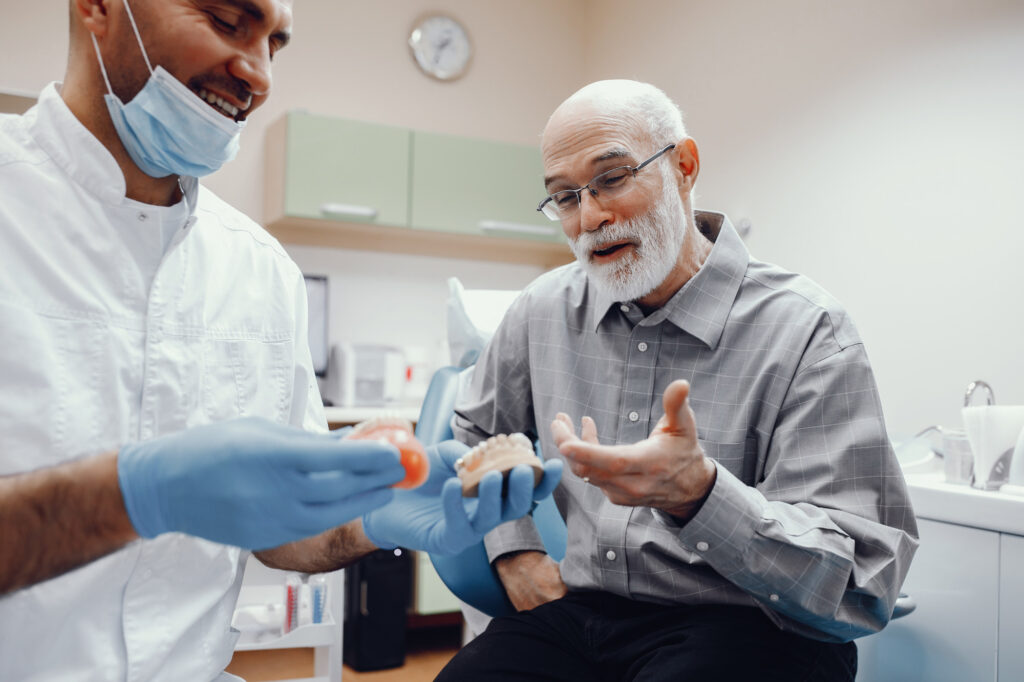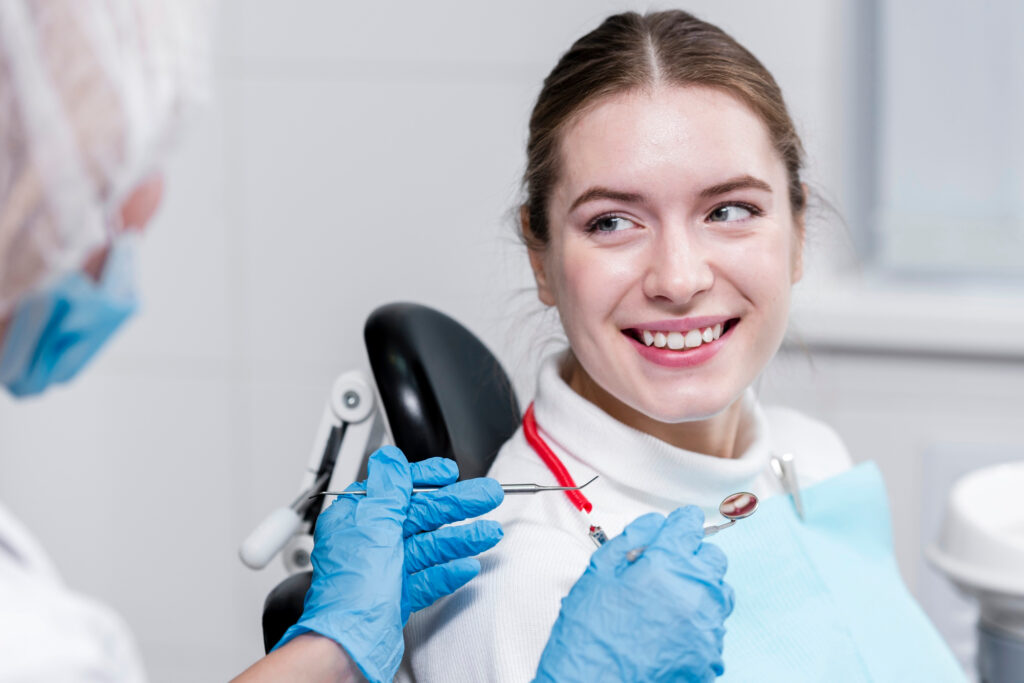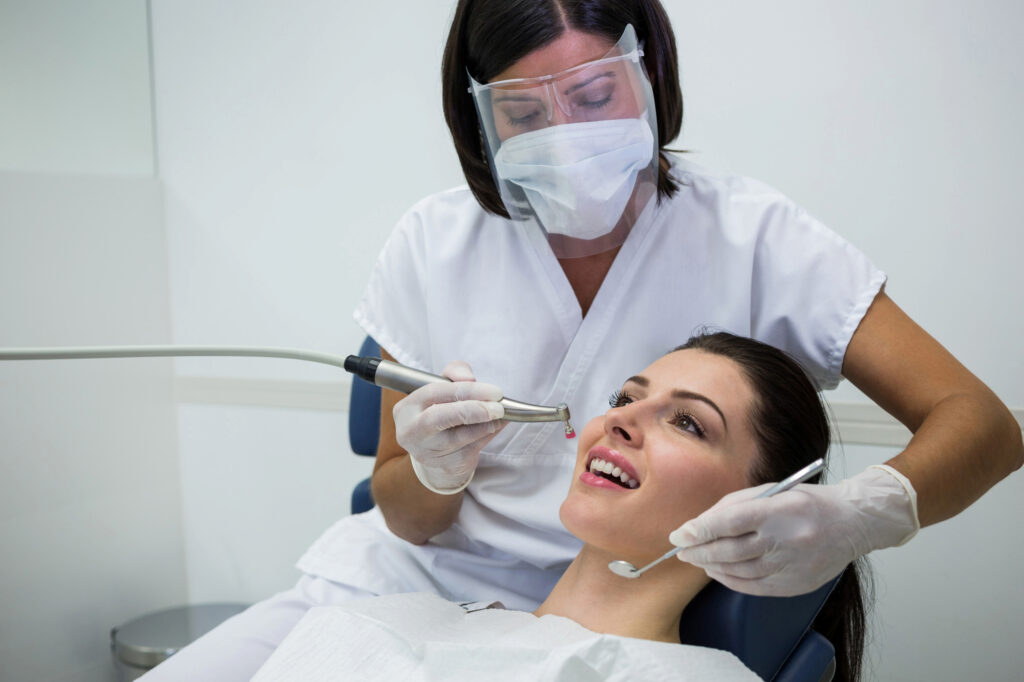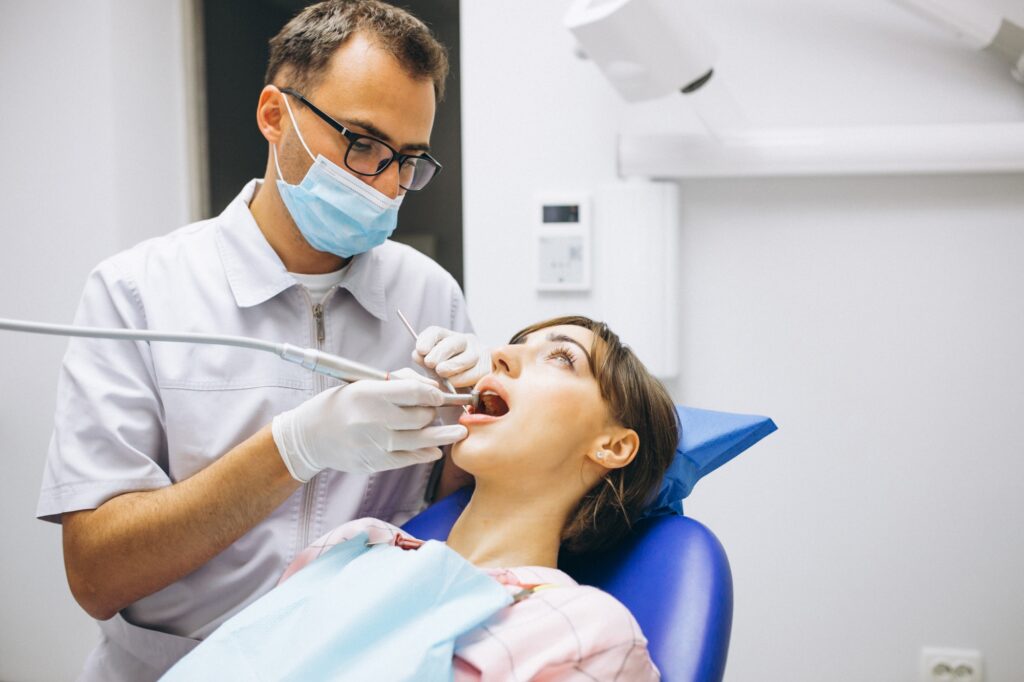Tartar vs Plaque Removal: Accessible and Effective Treatments
Maintaining oral hygiene is key to keeping your teeth healthy. People often worry about plaque and tartar, which can both hurt their smile if they don’t take care of them properly. Understanding how they differ, and learning about available treatment options, can help you choose what works best for you—whether you’re using simple home tools or visiting a dental clinic. Understanding Plaque and Tartar What Is Plaque? Plaque is a thin, sticky film that forms on your teeth every day. It’s made mostly of bacteria that live in your mouth, along with bits of food and saliva. Since it forms continuously, you can’t avoid it altogether—but you can control it with regular care. Why Plaque Needs to Go Left alone, plaque can damage your gums and lead to cavities. The bacteria produce acids that eat away at tooth enamel. Over time, this can result in sensitivity or decay. Plaque irritates the gums and can cause redness or bleeding. This is why brushing and flossing are so important. What Is Tartar? Tartar (also called dental calculus) is hardened plaque. If plaque isn’t removed promptly, minerals in saliva cause it to harden onto your teeth. Once that happens, it’s very tough to remove on your own. The Trouble with Tartar Because tartar sticks firmly to tooth surfaces, it creates a rough platform where more plaque can gather. It can form above and below the gumline, making gum irritation worse and increasing the risk for gum disease. Only professional tools or methods can effectively eliminate it. Comparing Treatment Options Let’s compare how plaque and tartar are removed, focusing on both easy everyday methods and more effective professional care. Plaque Removal: Everyday and Effective Brushing Well A toothbrush with soft or medium bristles is your first line of defense. Every day, brush your teeth for at least two minutes each time. Focus on all surfaces—front, back, and chewing area—and use gentle circular motions. Brushing removes the sticky buildup before it settles in. Flossing or Interdental Cleaning Plaque hides between teeth. That’s where floss or interdental brushes come in. Using them at least once daily reaches areas your toothbrush can’t. With consistent use, plaque is greatly reduced before it causes problems. Mouthwash or Rinses An antibacterial rinse helps lower bacteria levels and keeps your mouth fresher after meals. Swishing for 30 seconds adds extra backup to brushing and flossing efforts. Tartar Removal: What You Can’t Avoid Professional Scaling by a Dental Professional Once mineral deposits form, home tools can’t shift them. A dental hygienist or dentist uses tools designed to gently break tartar off the tooth surface. This process is known as scaling. Most clinics now provide air-polishing, an alternative technique that uses a stream of fine powder and water to gently but effectively remove tartar. It’s less abrasive than traditional tools and often feels more pleasant during cleaning. Ultrasonic Cleaning Another common method is ultrasonic scaling. This process breaks down tartar through the use of high-frequency vibrations, and the resulting particles are later flushed away with water. It often requires less force and is more comfortable than manual scraping. Why You Should See a Professional Attempting to remove tartar yourself could harm tooth enamel, scratch gums, and cause bleeding. Professionals know how to remove it safely without hurting your teeth or gums. Making Care Both Accessible and Effective How can you make plaque and tartar care part of your daily routine, without breaking the bank or needing special tools? Below are simple, reachable strategies. Affordable Daily Practices Planning Professional Visits Smartly Combining Daily Care with Professional Support Conclusion: Keeping Plaque and Tartar Under Control Tartar vs Plaque Removal isn’t about choosing one or the other—it’s about understanding what each one is and choosing the right method for each. For plaque, your best tools are a toothbrush, floss, and consistency. For tartar, leave it to trained professionals with safe, effective tools. These methods are accessible, clear, and can fit your budget—so you stay on top of oral health without unnecessary stress. Stick with steady daily care, and you’ll enjoy a cleaner, healthier smile for years to come.
Tartar vs Plaque Removal: Accessible and Effective Treatments Read More »








